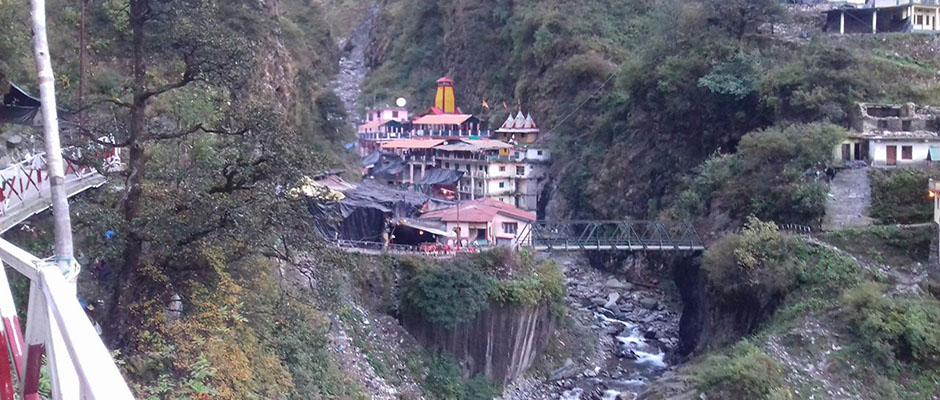In the Uttarkashi district of Uttarakhand, on the Western side of the Gharwal Himalayas, Yamunotri Dham comes first out of the Chota Char Dham pilgrim journey in Uttarakhand, followed by Gangotri, Kedarnath and Badrinath. River Yamuna, the second most sanctified river in India originates at Yamunotri, where the temple is erected and dedicated to Goddess Yamuna. The door of the Yamunotri Temple opens on the day of Akshay Tritiya and closes on the next day of Bhai Dooj, every year. The months of May and June are the peak time for the Yamunotri Dham Yatra. The entire Chardham Tour Package lasts for at least 10 days starting from Haridwar. Only the Yamunotri Dham Yatra can be completed in 2 nights and 3 days.
A guide to reaching Yamunotri
In order to visit Yamunotri Dham, reach Haridwar by train or by road. If coming by flight, then land at Jolly Grant Airport in Dehradun. From there hire a cab or a shared taxi to Barkot. The distance to Barkot from Haridwar and Dehradun is approximately 192 km and 135 km respectively. Halt overnight at Barkot and the next morning drive to Janki Chatti from Barkot. The distance between these two points is about 45 km. But it might take more than 2 hours to reach Janki Chatti as the roads from Barkot to Syanachatti are smooth. However, beyond Syanachatti to Janki Chatti, the roads are in distressed condition. The trek to Yamunotri begins from Janki Chatti which is around 7 km.
Legendary association of Yamunotri Temple
The river originates from the Yamunotri Glacier and flows down to the Saptarshi Kund.
The Goddess Yamuna according to the Hindu Mythologies is the daughter of the Sun God, Surya and Sangya, the daughter of Viswakarma, and the twin sister of Yama (the God of Death). Yamuna is also known by the name Yami, which means Goddess of Life. Goddess Yamuna is considered to be the incarnation of the sacred Yamuna River which is held as a symbol of purity.
According to some beliefs in Hindu mythology, Yamunotri was the shelter of the sage Asit Muni who was believed to be a true devotee of Goddess Yamuna. The temple is said to be built in 1839 by the King of Tehri, Naresh Sudarshan Shah. In the 19th century AD, the temple was rebuilt by the queen of Jaipur Gularia Devi, after a considerable portion of the temple was damaged by an earthquake. Bathing in the Yamuna River is considered a holy act and the path toward attaining moksha.
Another legend also has it that Lord Hanuman extinguished the fire on his tail in the chilled water of Yamuna in the Banderpoonch Mountain after setting fire to the entire Lanka. Therefore the mountain is named Banderpoonch after this legend.
In the Garba Griha of the temple, the figurine of Goddess Yamuna made of black marble is placed ornamented with garlands. The shrine of Yamunotri is constructed with granite stones. Among the several hot water springs, the Surya Kund near the temple is considered the most sacred one, where rice and potato are boiled by tying in a muslin cloth, which is considered the prasad of Goddess Yamuna.
The Journey to the Yamunotri Dham is a blend of cultural and spiritual tourism. Apart from its religious and spiritual significance, the Yamunotri temple is popular for its scenic surroundings, encircled by mountains, hot springs, and of course the Yamuna River.


